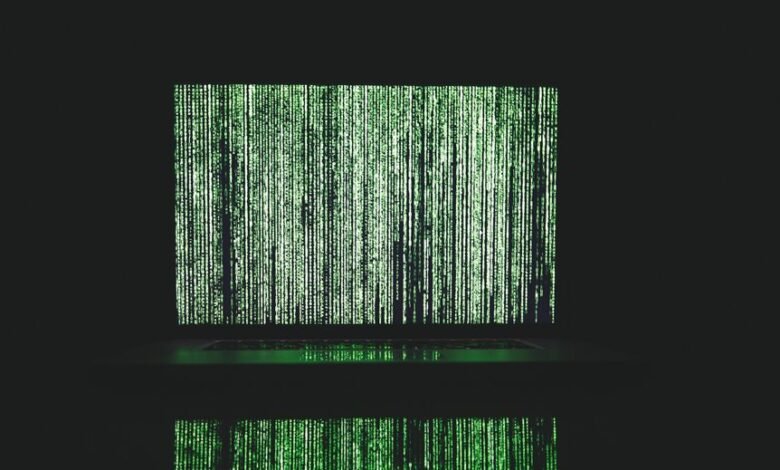Decode Unknown Contact Information 3332823662 3513354474 3895661560 3899859441 3294154848 3389144826

Decoding unknown contact information, such as the numbers 3332823662 and 3513354474, poses challenges that require analytical scrutiny. Each number may represent a different entity, ranging from legitimate businesses to potential scams. Understanding the significance of these unknown callers is crucial for effective communication management. By exploring available tools and methods for identification, individuals can enhance their security. What strategies can be employed to protect against the risks associated with these calls?
Understanding the Significance of Unknown Numbers
When individuals receive calls or messages from unknown numbers, they often experience a mix of curiosity and concern.
This phenomenon warrants a significance analysis of caller behavior, revealing potential motives behind the outreach.
Understanding these dynamics empowers individuals to navigate their responses wisely, balancing the desire for connection against the need for privacy, ultimately fostering a greater sense of autonomy in communication choices.
Tools for Identifying Unknown Callers
A variety of tools exist to assist individuals in identifying unknown callers, each offering unique features and functionalities.
Caller ID systems provide basic identification, while reverse lookup services enable users to search for caller information based on phone numbers.
These tools empower individuals to reclaim their communication privacy, fostering a sense of freedom by allowing informed decisions about which calls to answer.
Methods to Protect Yourself From Spam and Scams
Numerous strategies exist to safeguard against spam and scams, essential for maintaining personal security in an increasingly digital world.
Utilizing spam filters can significantly reduce unwanted emails, while call blocking features help prevent intrusive phone calls.
Additionally, remaining vigilant and educating oneself about common tactics employed by scammers fosters a proactive approach, empowering individuals to protect their personal information effectively and maintain their freedom.
Common Patterns and Trends in Unknown Numbers
How can individuals discern the legitimacy of unknown numbers in a sea of unsolicited communications?
Analyzing common number formats reveals patterns, such as area codes linked to specific caller origins. Trends indicate that many unsolicited calls originate from certain regions or utilize similar prefixes.
Recognizing these patterns empowers individuals to make informed decisions, enhancing their ability to filter out unwanted communications effectively.
Conclusion
In the labyrinth of communication, unknown numbers often lurk like shadows, masking their true intentions. By employing reverse lookup services and remaining vigilant, individuals can navigate this maze with greater clarity, illuminating the path to safety and security. As the digital landscape evolves, so too must our strategies for discerning legitimate callers from potential threats. Ultimately, the ability to decode these enigmatic digits empowers individuals, transforming uncertainty into informed choices and safeguarding their peace of mind.




